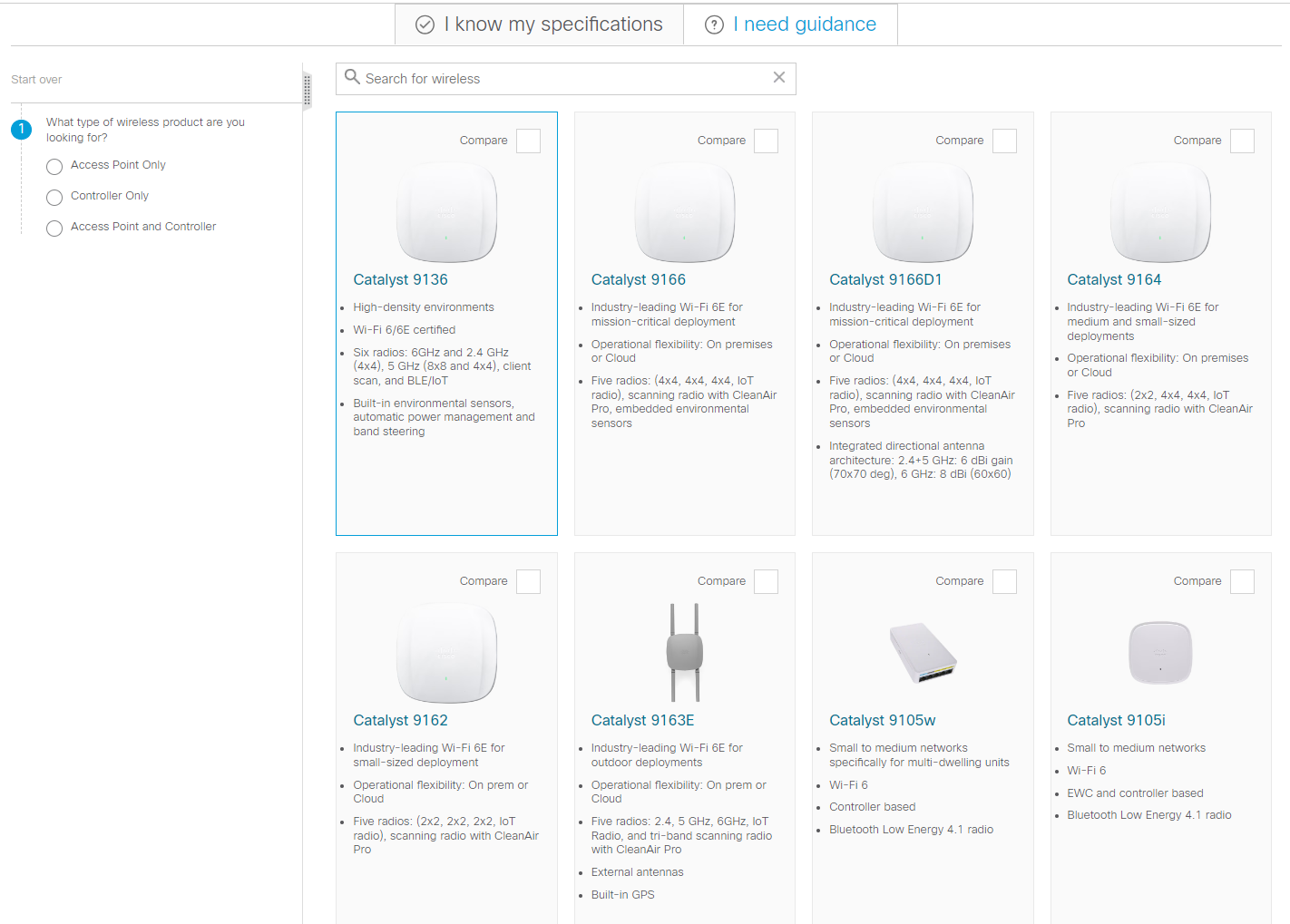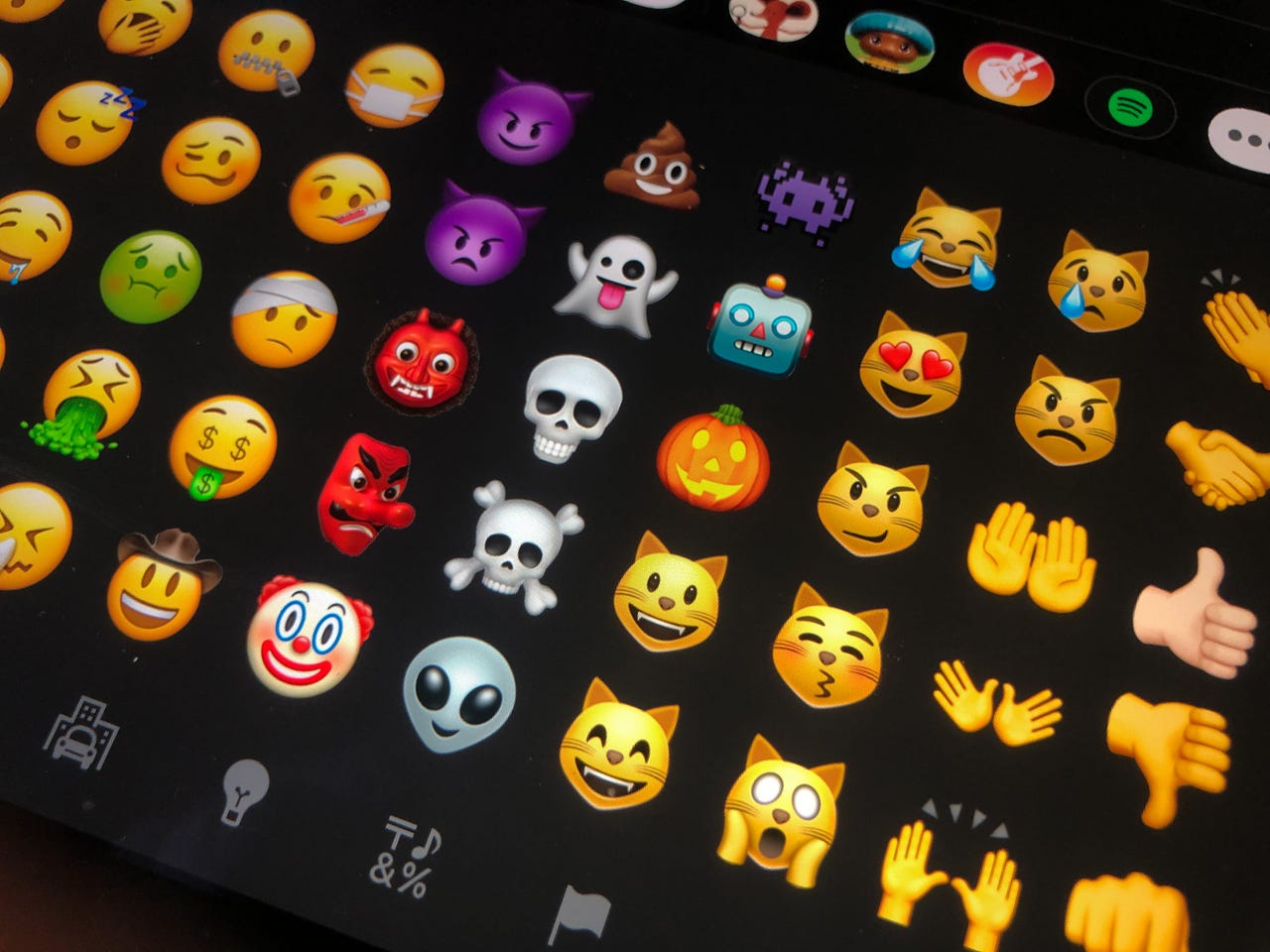































 Getty Images
Getty Images In a world where the only office many people go to every day is a virtual one, messaging platforms are becoming an essential conduit for our daily interactions with bosses and co-workers. Interactions on Slack - or Microsoft Teams or Whatsapp, depending on the organization - range from formal messages with managers and informal chats with your favorite work friends, to participating in your organization's#cats channel.
And as Gen Z is becoming a larger part of the workforce, they're bringing their memes and emoji vocabulary with them, creating a novel form of corporate communication.
Gen Z is hardly the first people to work out how to send a GIF, of course, and there are plenty of internet memes older than all of them. But Gen Z is more comfortable expressing their thoughts, messages, or feelings through GIFs, TikToks, emojis, memes, and abbreviations both in and outside of a work setting. And now, many of the collaboration tools we use are supporting that, too.
Also: What is Slack Connect, and how do you use it?
And for co-workers already trying to understand what a particular emoji means, there's plenty more coming: almost 13% of Gen Z is already in the workplace; by 2030, they'll make up one-third of the workforce.
Sometimes, thoughts and messages can be lost in translation when a Gen Z employee communicates with a Gen X or Baby Boomer coworker or manager on Slack.
Michael Tannebaum, a lecturer of communications at Georgia State University, says that understanding your workplace's culture is the key to ensuring emojis and internet jargon doesn't get misconstrued. You should do that if it's normal to send messages laden with fun GIFs and emojis. But if it's not a workplace norm, consider toning it down.
"How you communicate with your friends and how you talk on social media may be completely unacceptable in the workplace, but it might be acceptable in the workplace. So read the room and know what the expectations are," he said. "Every office is going to have a different level of formality, and within that, each office relationship is going to have a different level of formality."
Also:How to edit or delete sent iMessages
A survey by Slack last year found that only 7% of employees always send a message to their boss with an emoji, and 32% of Gen Z participants said the recipient misunderstood an emoji they sent. It said that
Slack found that the disparity between older and younger people's affinity for emojis comes from older people's strong relationship with email. Slack is mainly used for workplace communication, but it's generally more informal than email. But 69% of U.S respondents said using emojis allows them more nuance in conversations, while 67% said it speeds up communication.
But Tannebaum says the usage of emojis and GIFs has less to do with someone's age and more with what's considered "normal" communication in their workplace. But he warns that Gen Z who choose to communicate in internet-speak run the risk of creating a communication barrier with their older counterparts.
"I'll get emails from Gen Xers that have emojis and silly GIFs, so it's less about your age, and more so if you're new to a work environment, just see how other people interact," he says. "And if the norm is to use GIFs and memes and all that stuff, then I would embrace that. I would err on the side of caution to a point, but still, express yourself how you wish to."
Still, this doesn't mean the use of emojis is without risk: Slack found that there is often no clear understanding of what a particular emoji means, especially when dealing with international communication, so there's a considerable risk that your favorite emoji could be misinterpreted.
Also: How to use Slack's huddle feature (and why you should)
But there are real benefits to emojis too: Slack's research said that 67% of employees feel bonded in a conversation when a recipient understands and resonates with an emoji from the sender.
Sometimes Gen X workers feel they shouldn't use emojis because they want to avoid the message behind their emojis being lost in translation. But by including a smiley face after asking a coworker for a favor you add a bit of personality to a boring message.
Because sending text messages on digital communication platforms is devoid of facial expressions, gestures, and other social markers, it's easier for those messages to appear dull and impersonal. Beware though: to Gen Z, a simple thumbs up or the standard smiley face comes off as passive aggressive. To Gen X, those emojis attempt to connect and relate to their younger coworkers.
This disconnect can pose a problem if both parties need to be made aware of the nuance behind emojis, which explains why some people choose to limit or cease their use.
Gen Zers may have a more expansive emoji vocabulary because emojis have been integral to text messages and social media communication since the oldest Gen Zers got their first flip phone. But then, they were emoticons -- textual depictions of one's mood.
As Gen Zer's use of emoticons in the early 2000s evolved into more expressive emojis in the 2010s, it's no surprise the digital natives have a firm but nuanced grasp on the emoji language.
And although to Gen Z, the emojis they use don't always mean exactly what the picture depicts, it can be challenging to explain to older colleagues that the crying emoji doesn't indicate sadness but dying of laughter and that the crying laughing face is cringy. But bringing a little more emotion and empathy to our communications in the office is no bad thing. Modern work forces us to do much of our communication through text. And for new joiners the world of work can be cold and confusing, so anything that can more warmth or texture can only be a good thing, right?
So, for now, Gen Z, don't take your older colleagues' emojis too seriously. Embrace the fact that they are trying to relate to you - and cut them some slack.
 Tags quentes :
Home & Escritório
Vida Profissional
Tags quentes :
Home & Escritório
Vida Profissional